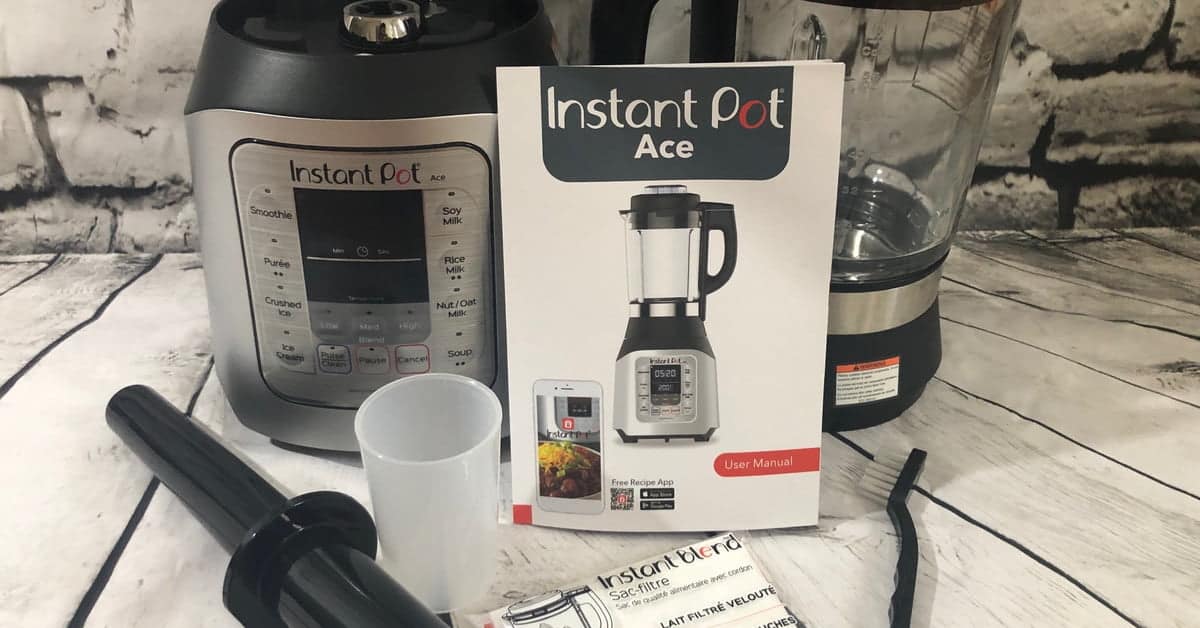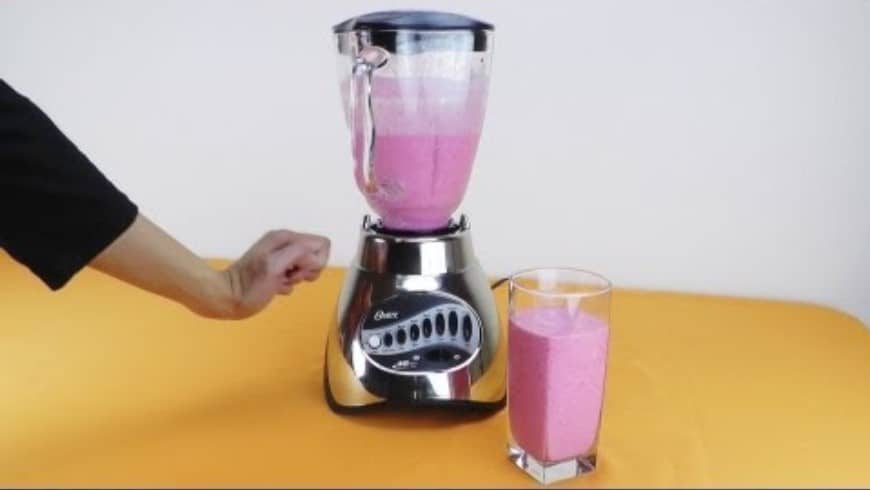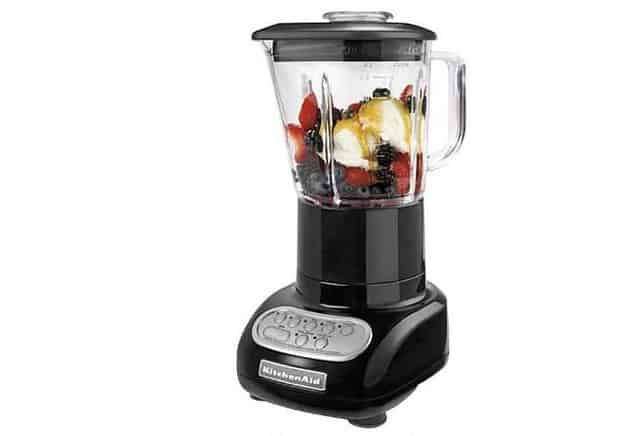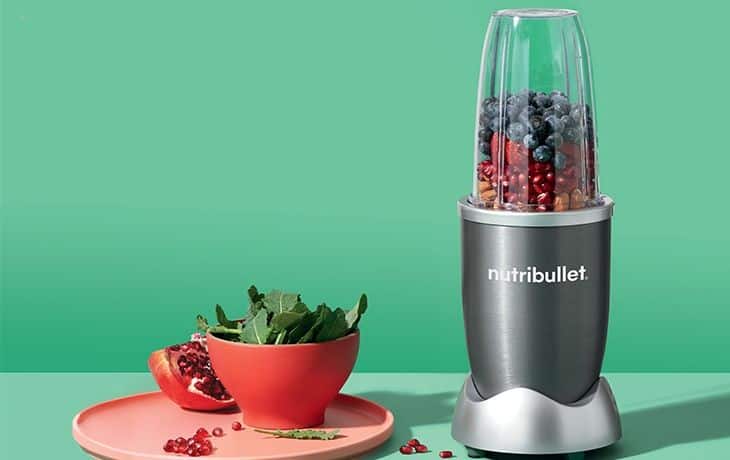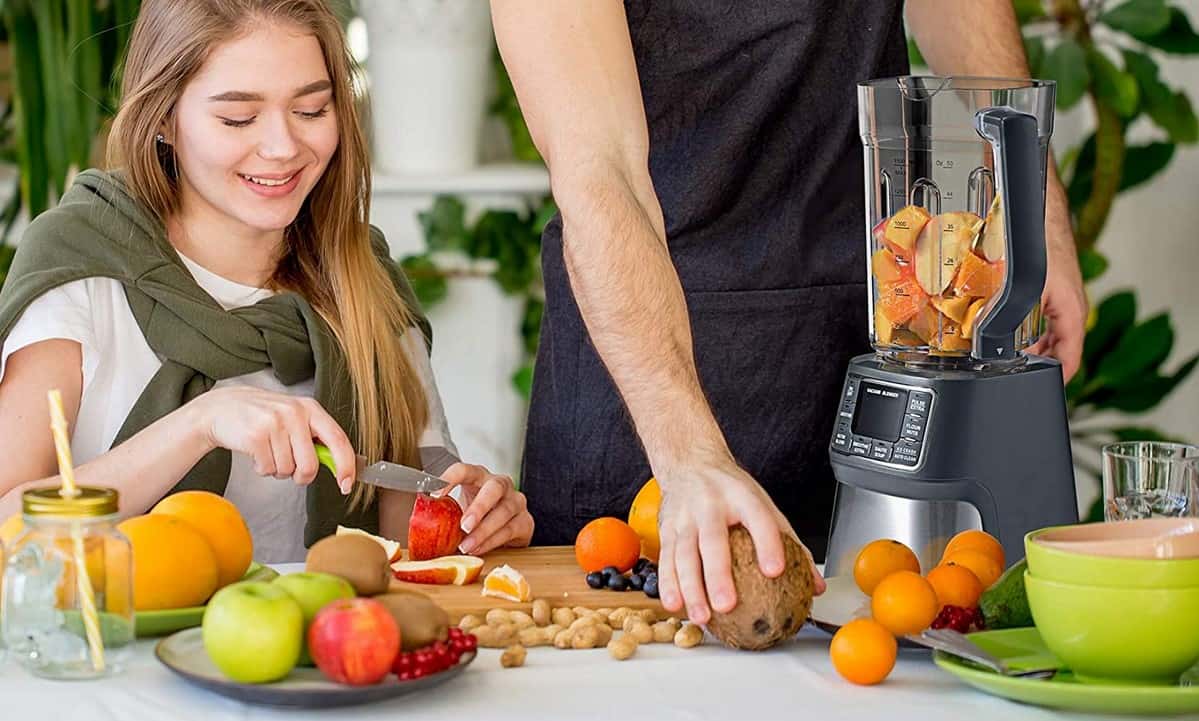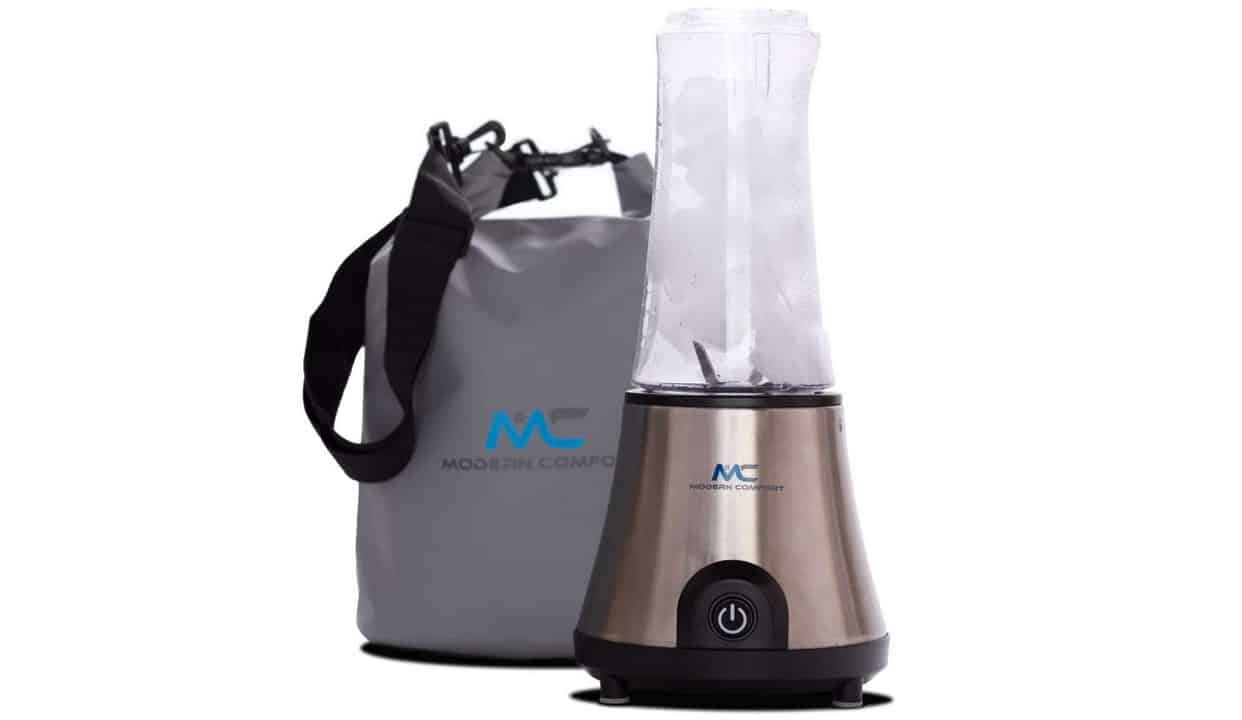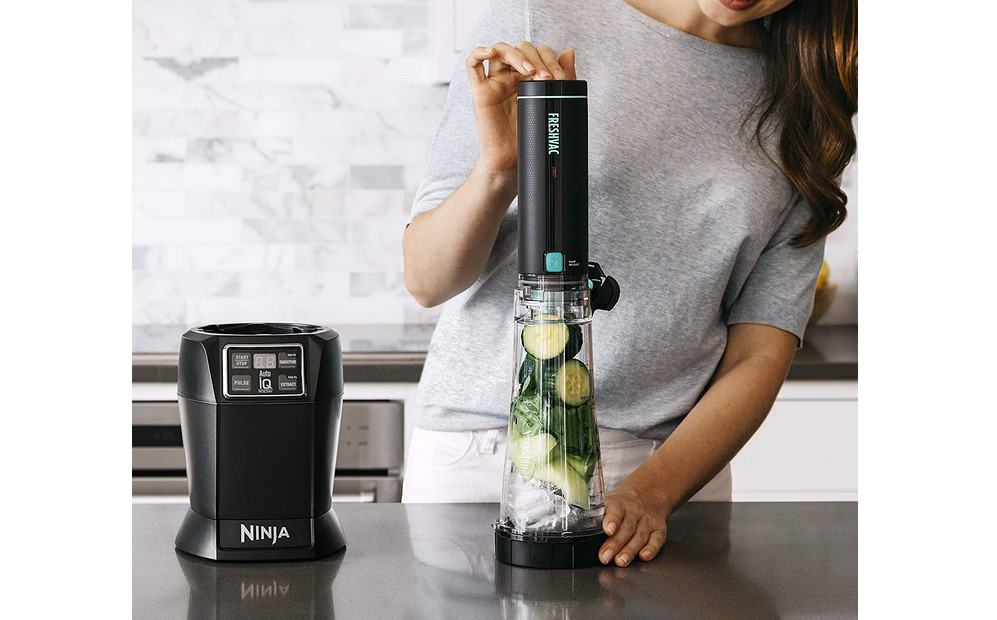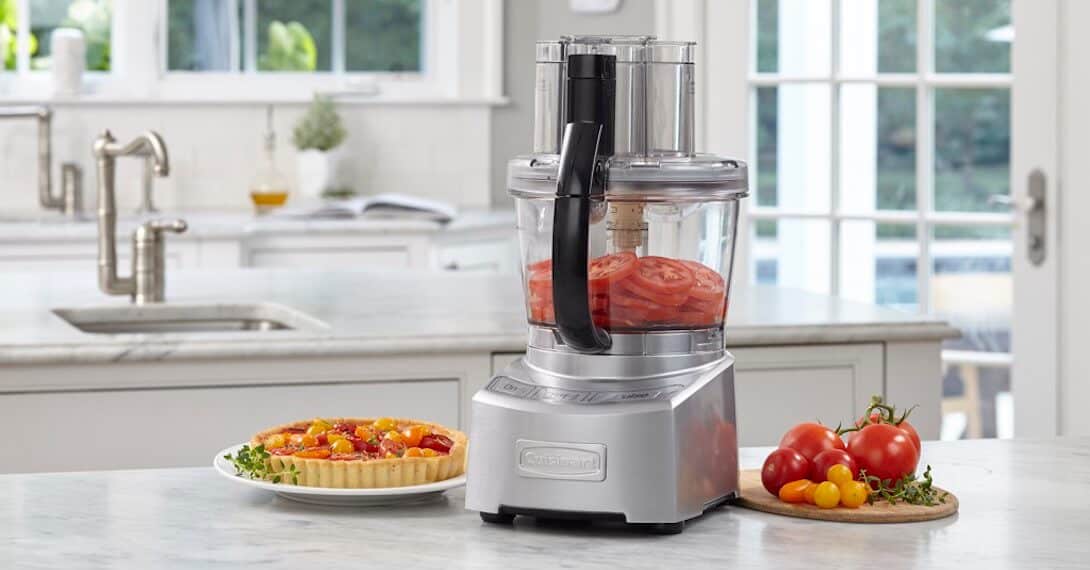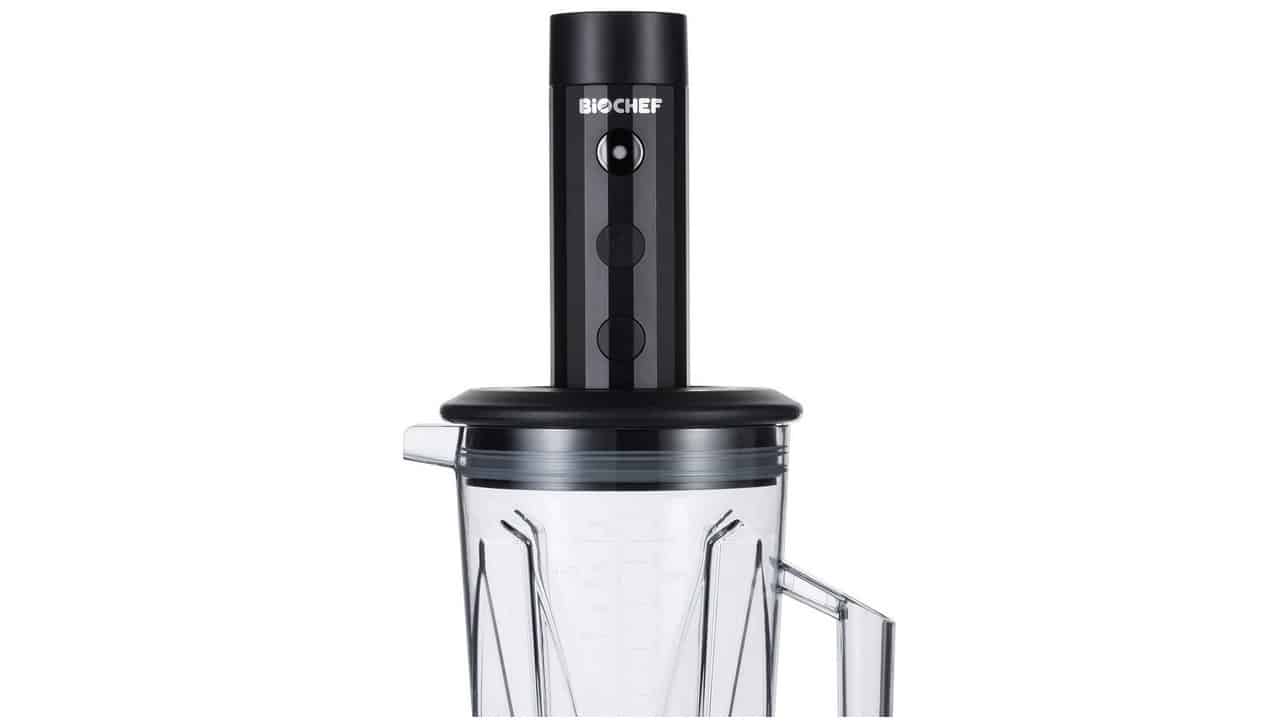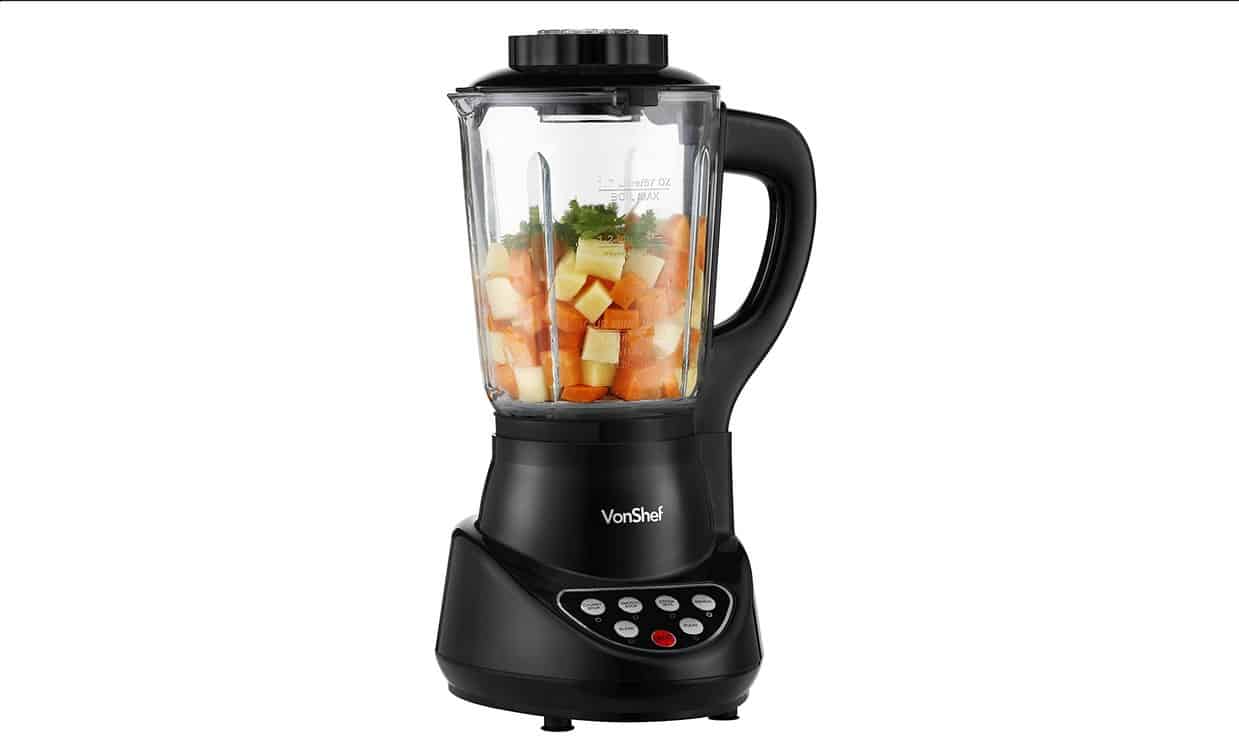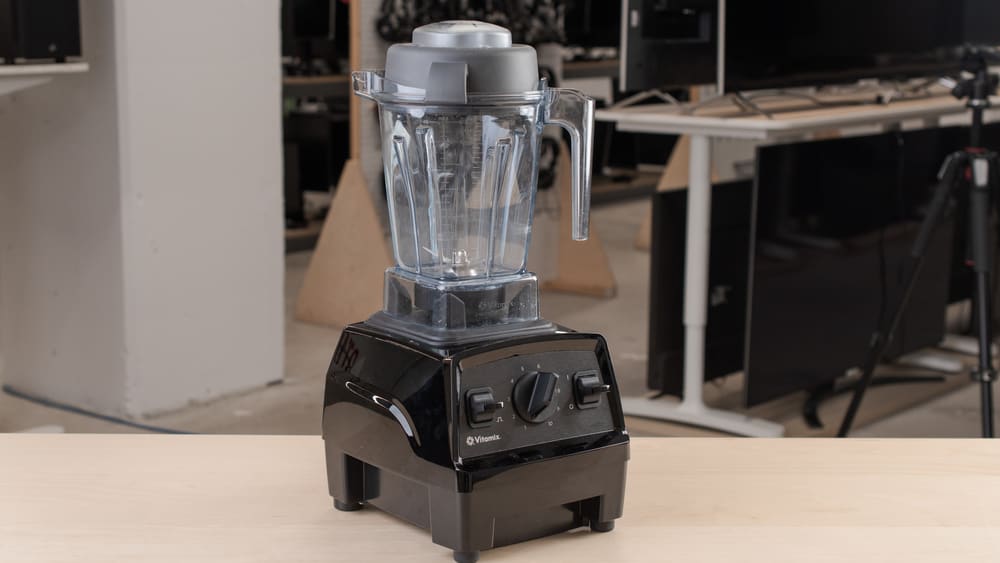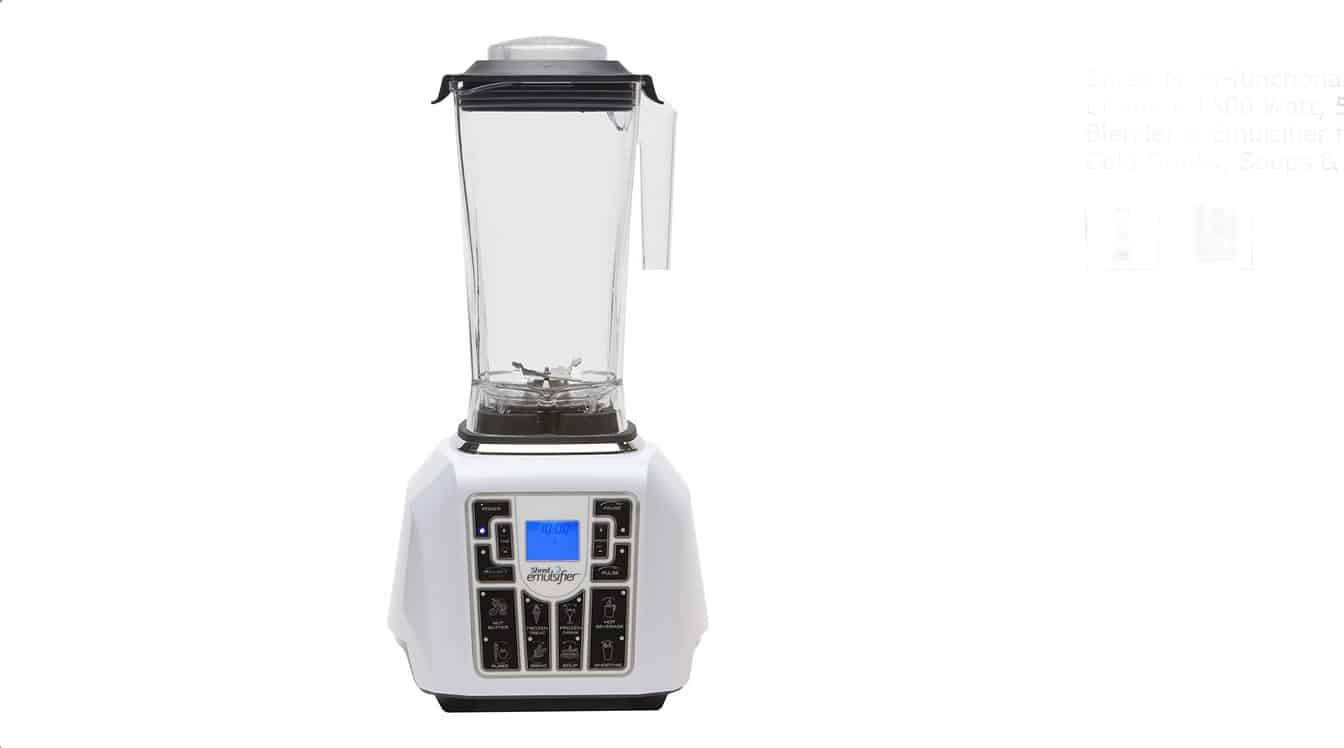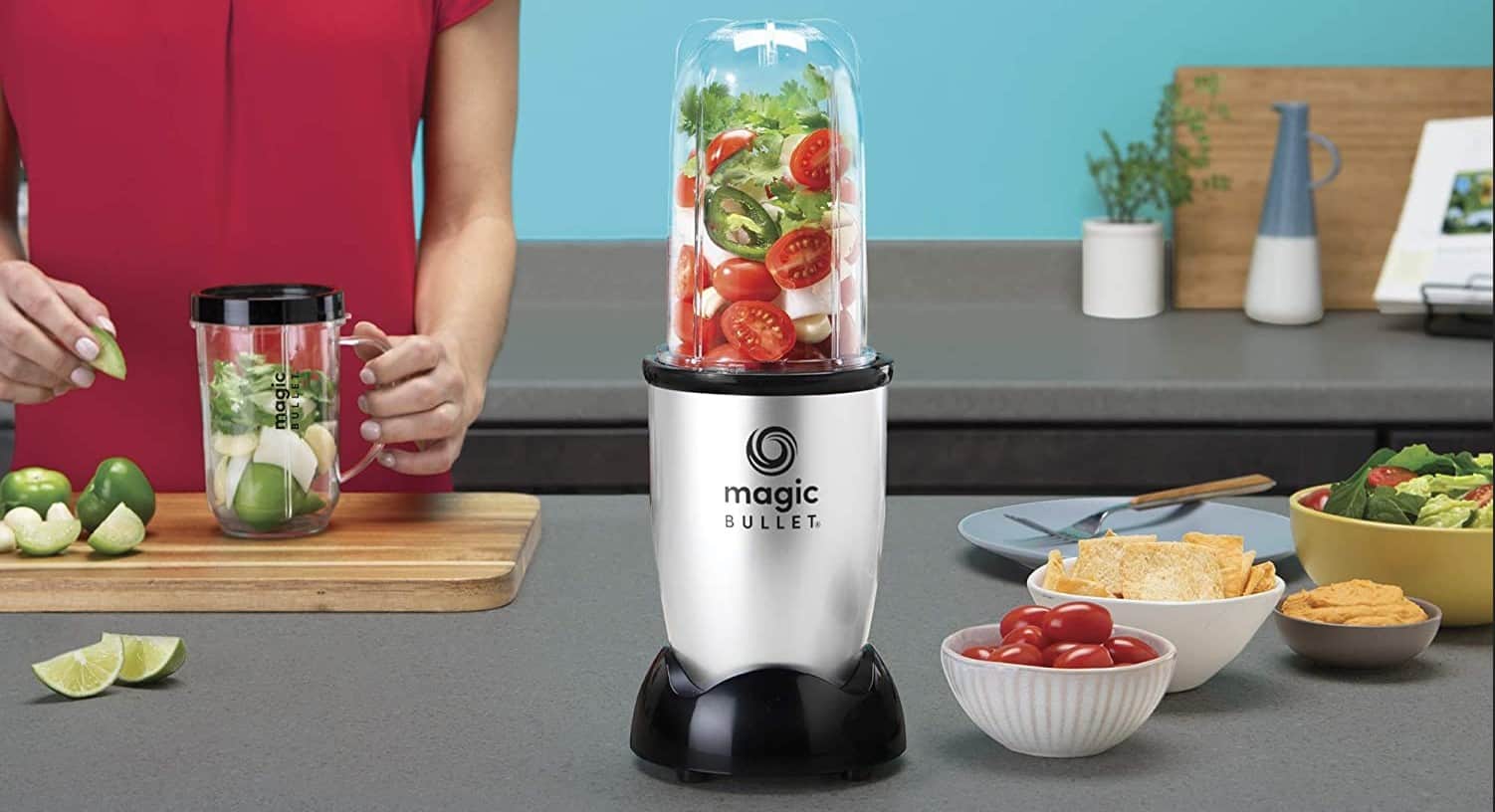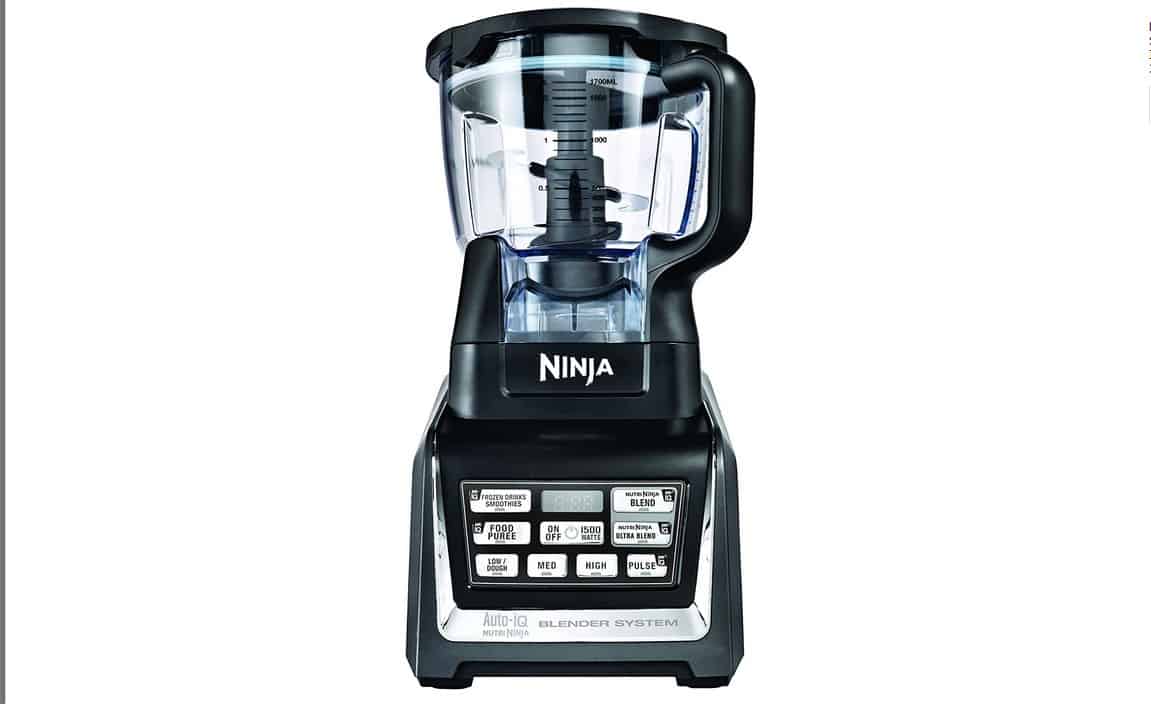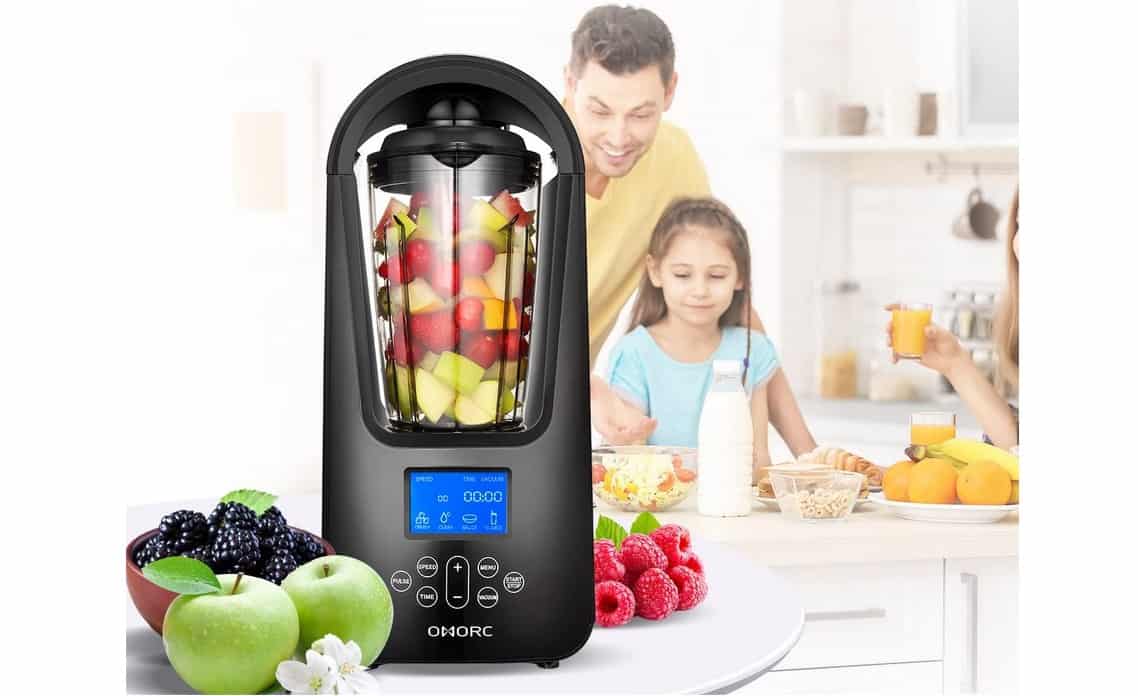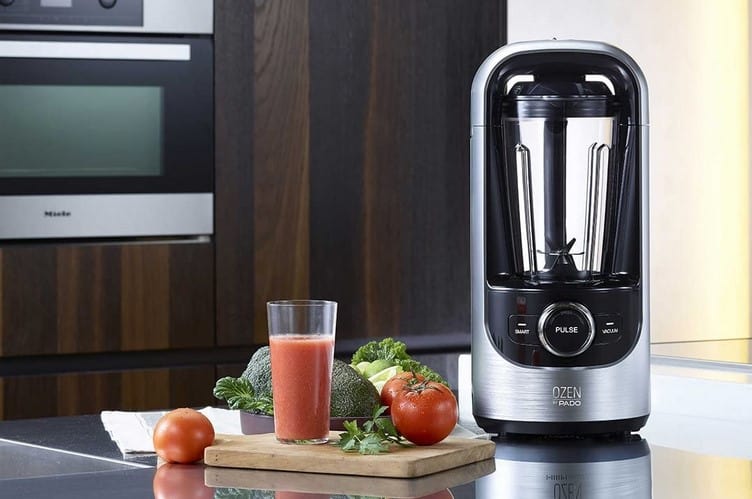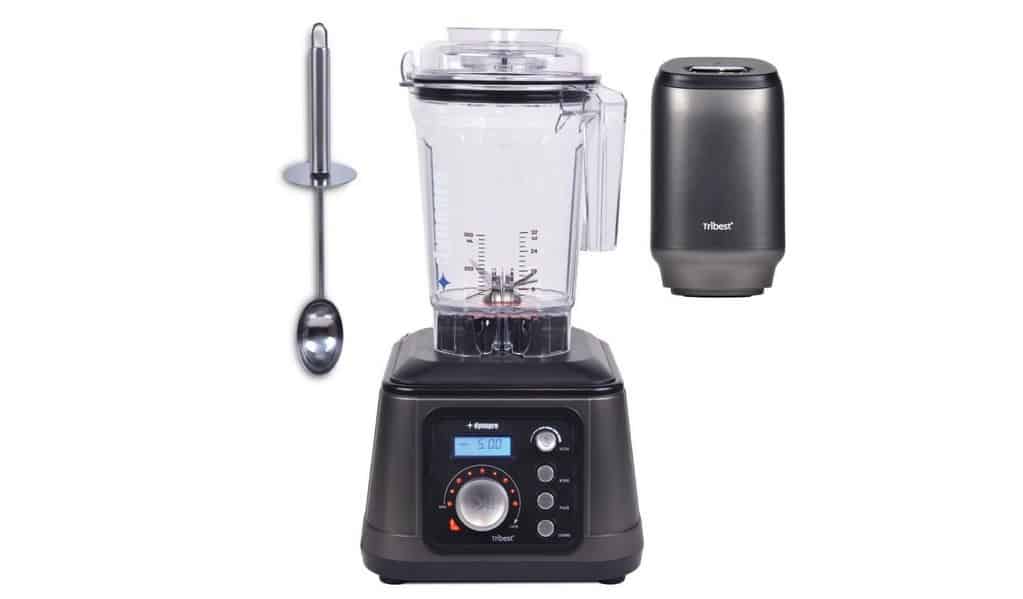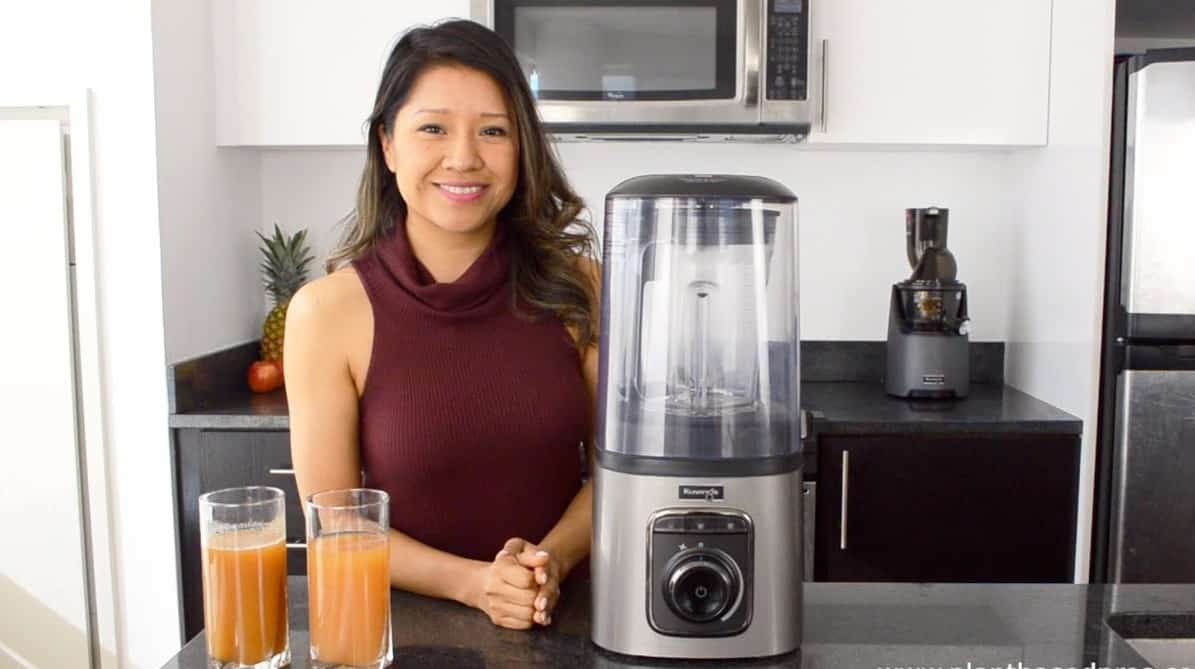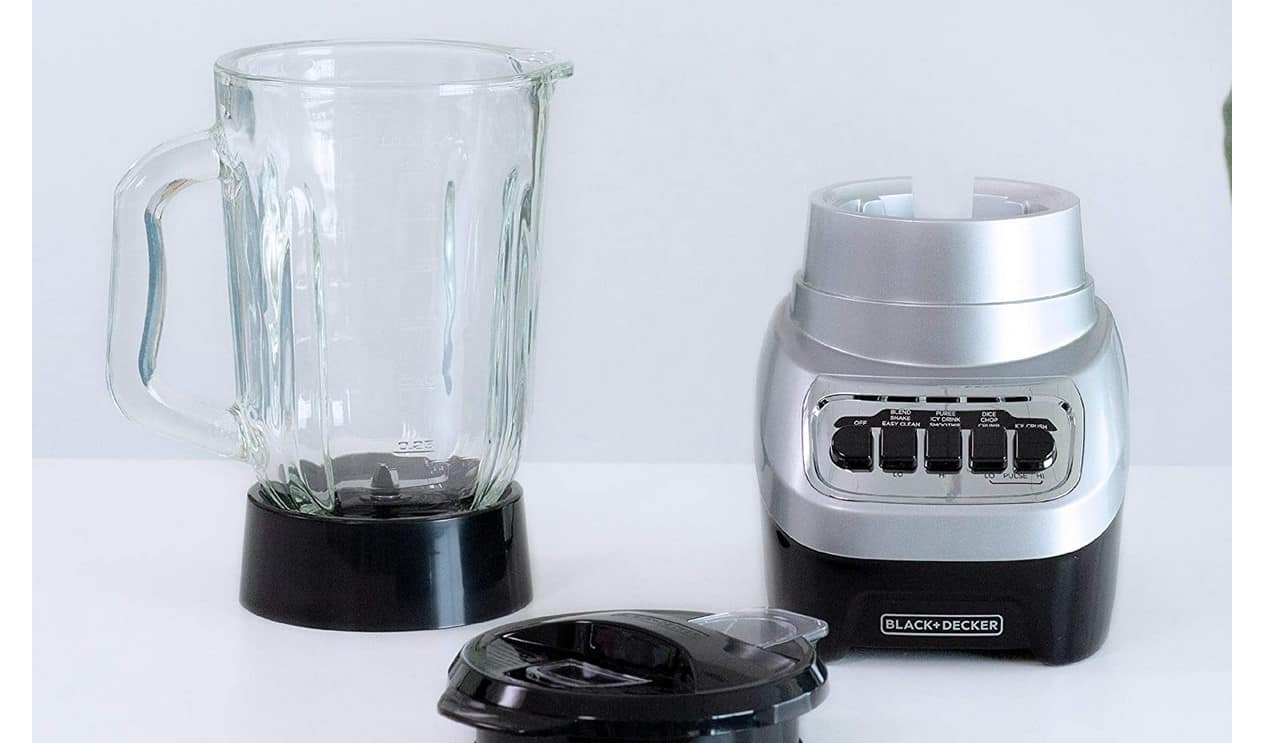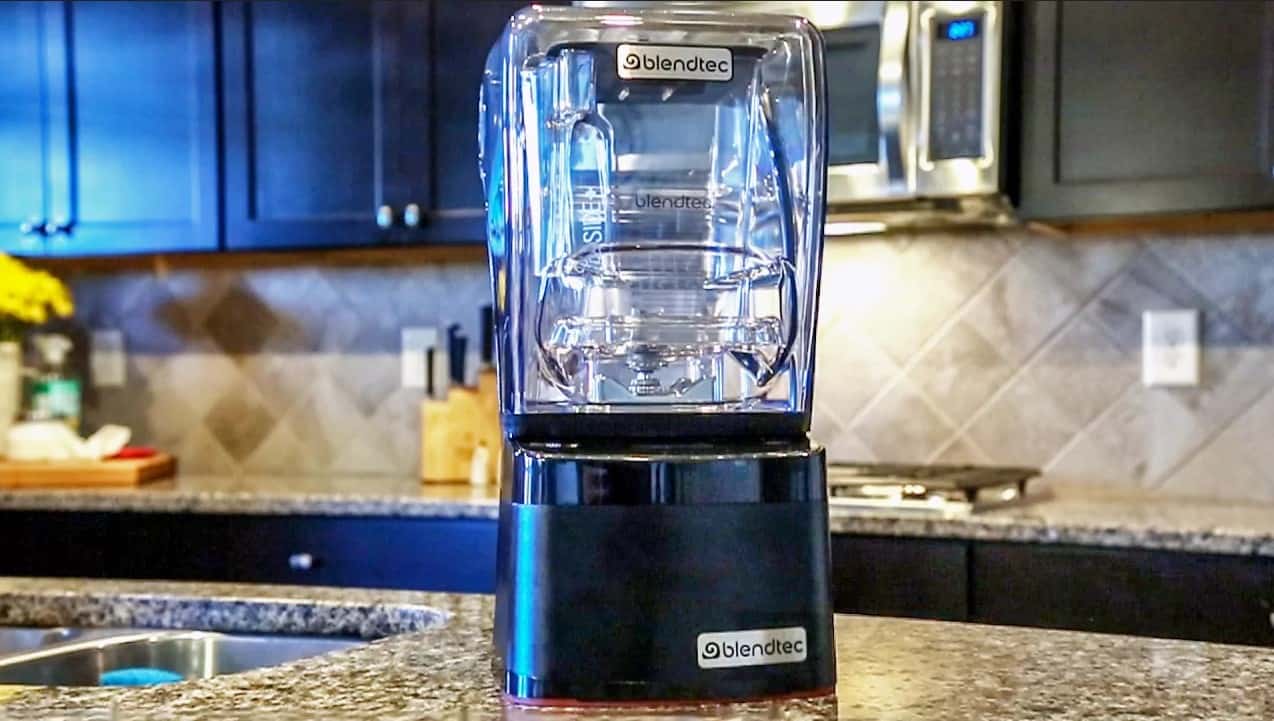If you are shopping for something to grind up foodstuffs and various ingredients, you may be comparing a blender vs a coffee grinder. The best blenders can make short work out of just about anything, but may not excel with coffee beans. Here are some of the differences between the two appliances.
KEY TAKEAWAYS:
- Blenders are primarily used for slicing up and turning a variety of both wet and dry ingredients into a homogenous mixture.
- Coffee grinders should be used with dry ingredients, such as coffee beans or whole spices, as the burr grinder pulverizes them into powder.
- Many coffee grinders can be manually operated whereas all blenders feature a motor of some kind.
Differences Between Blenders and Coffee Grinders
The primary difference between the two is their intended use. Blenders are intended to be used to make smoothies, soups, nut butters, and other recipes, whereas coffee grinders are intended to grind coffee, dried herbs, and related ingredients. With that in mind, the differences between a blade grinder and a blender are stark, which cannot be said when comparing blenders vs smoothie machines.
Here are more contrasts between blenders and coffee grinders.
Insider Tip
Look for a coffee grinder that allows you to manually adjust the coarseness of the grind.
Making Homogenous Mixtures
Blenders are designed from the ground up to make homogenous mixtures out of a multitude of ingredients and liquids, such as smoothies. Coffee grinders, on the other hand, cannot be used to make these homogeneous mixtures and should be used only with dry ingredients, as liquids can damage the internal components of the burr grinder. In other words, use a coffee grinder to grind the beans for a mighty fine cup of coffee and leave the smoothies and soups to the blender.
Making Powders
A burr grinder can be used for more than just making a cup of coffee to satisfy coffee lovers, however. These coffee burr grinders excel with any and all dry ingredients and should be used in any scenario in which you want to pulverize a dry ingredient into a powder. Coffee grinders do not slice ingredients, which is how blenders operate, so they are great for making pulverized batches of dry herbs and spices, such as whole cumin seeds, peppercorns, and more. Or course, once you have your beans ground, use them in your favorite drip coffee maker or another brew method. It sure beats pre-ground coffee or stale coffee.
Form Factors and Power
Coffee grinders tend to be small, light, and easy to store when not in use. Blenders, on the other hand, can be large, bulky, and heavy. Additionally, many coffee grinders can be operated manually, whereas the vast majority of blenders use electric power and motors. Many consumers find manually operating a burr grinder to be a soothing experience.
Additionally, you’ll find that blenders are more powerful than coffee grinders, even if the difference when comparing a 500-watt blender vs a 700-watt blender is negligible.
F.A.Q.S
Why is a burr grinder better for grinding coffee beans?
This is due to the design that works to pulverize rather than slice beans. The grinding process is relatively gentle, compared to a blender, and can result in a variety of grind sizes.
Can you grind coffee in a food processor?
You can use food processors for this task, but you won’t have control over the coarseness of the grind. If you prefer a coarser grind you may want to stick with a dedicated burr coffee grinder.
What is the best way to grind coffee beans?
Use a blade grinder or a burr grinder to get the best results. Food processors may result in a tighter grind more akin to pre-ground coffee.
STAT: The first coffee grinder was made by Richard Dearmann, an English blacksmith from Birmingham, in 1799. This grinder was widely distributed in the US, where Increase Wilson patented the first wall coffee grinder in 1818. (source)

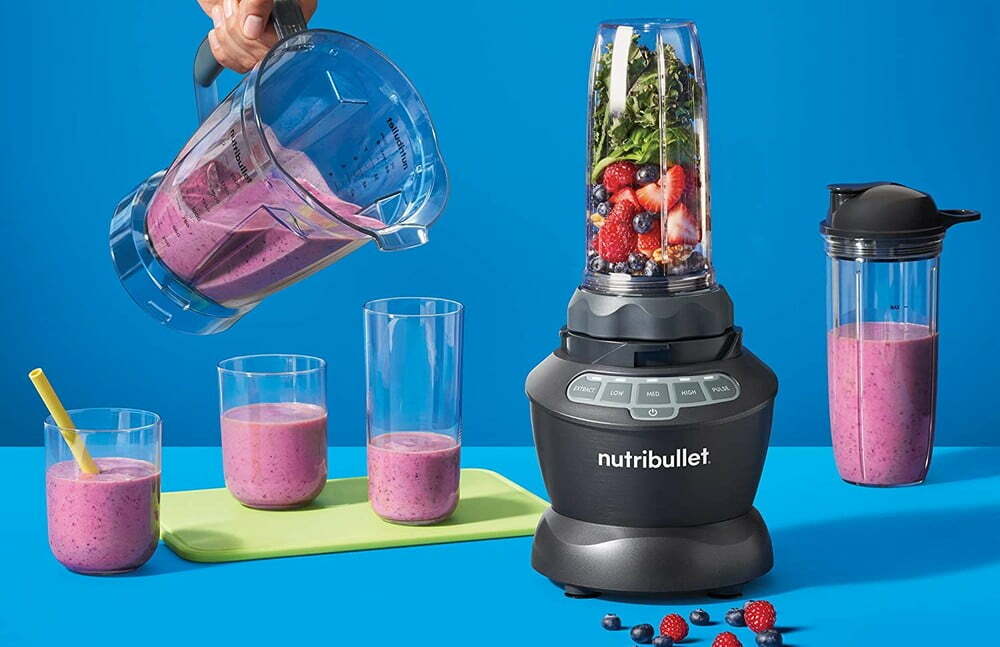













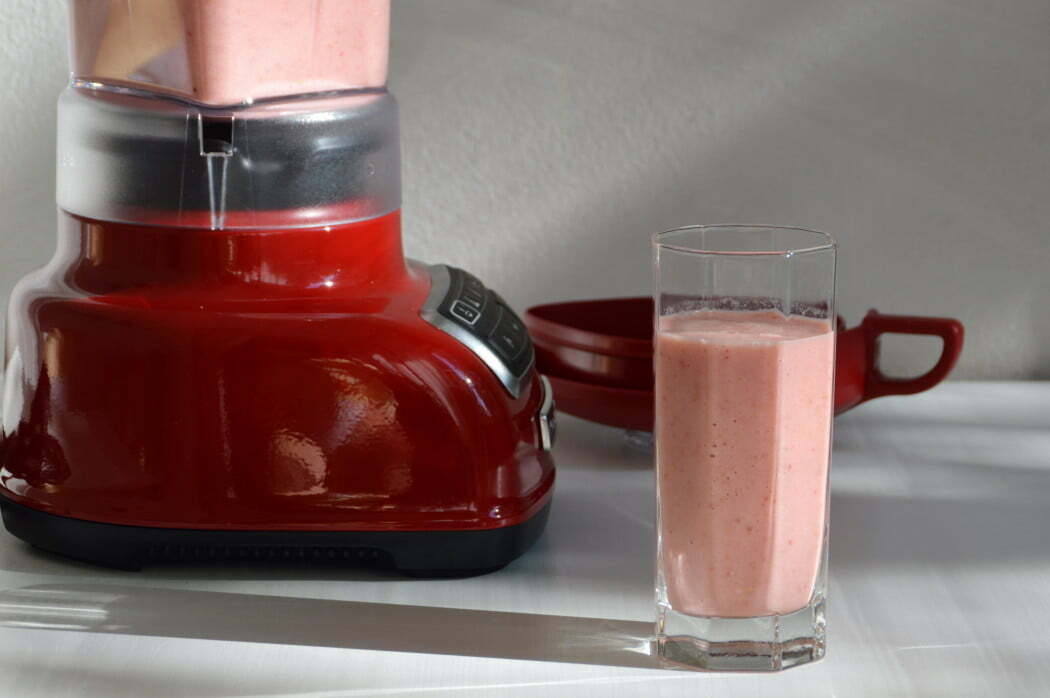
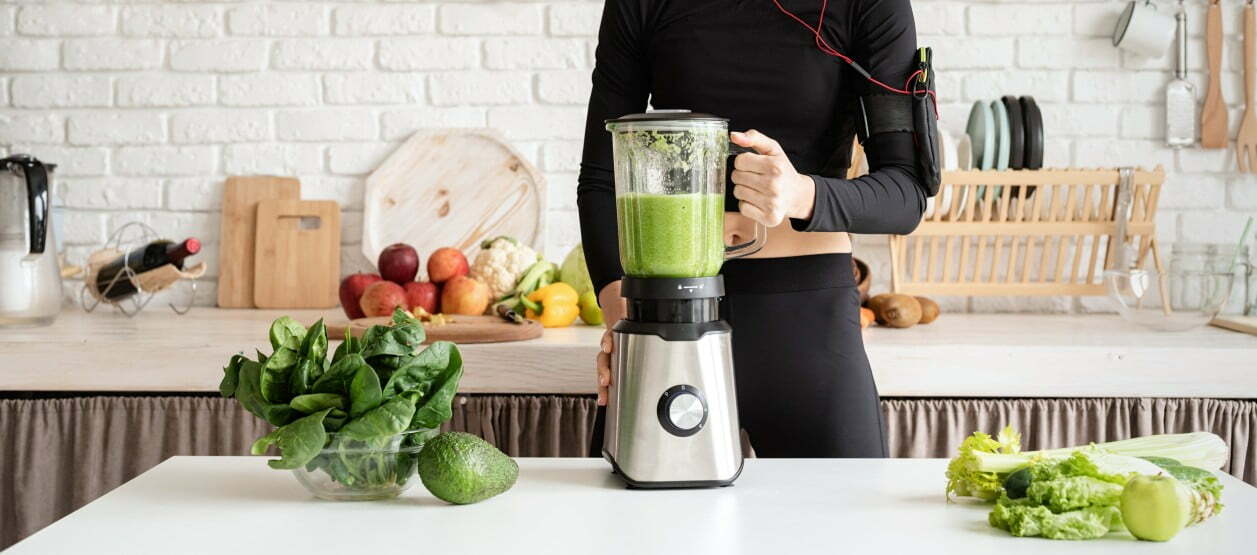
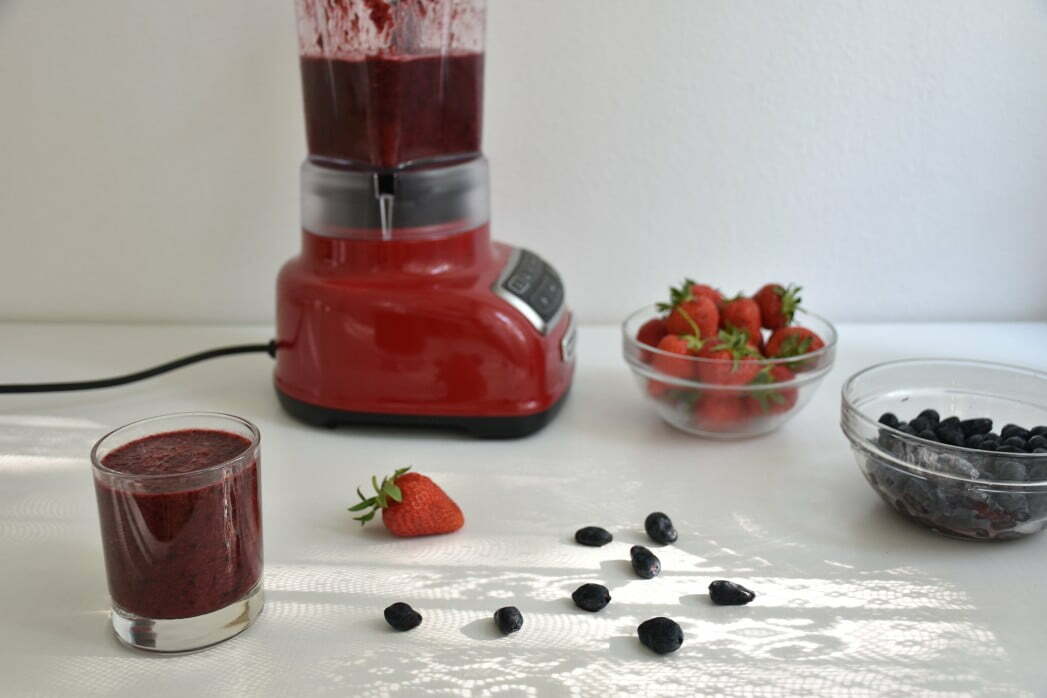
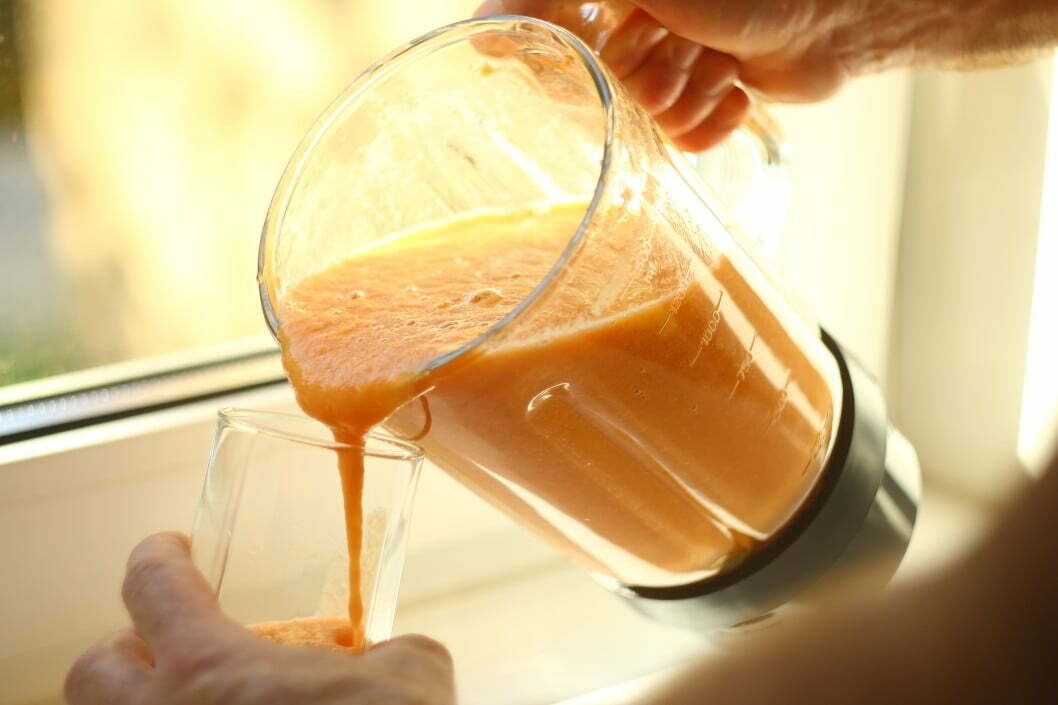
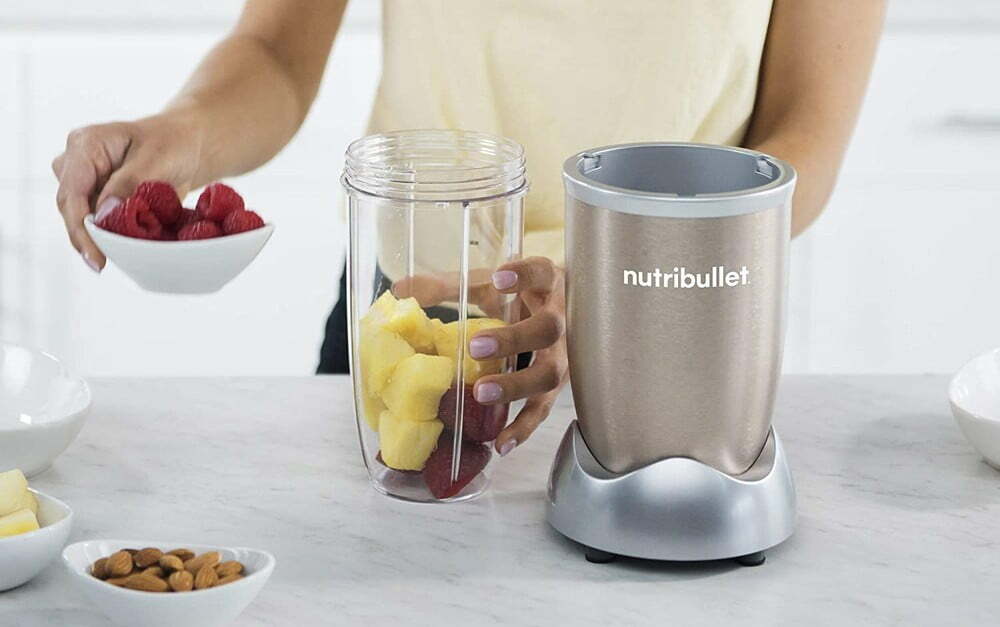
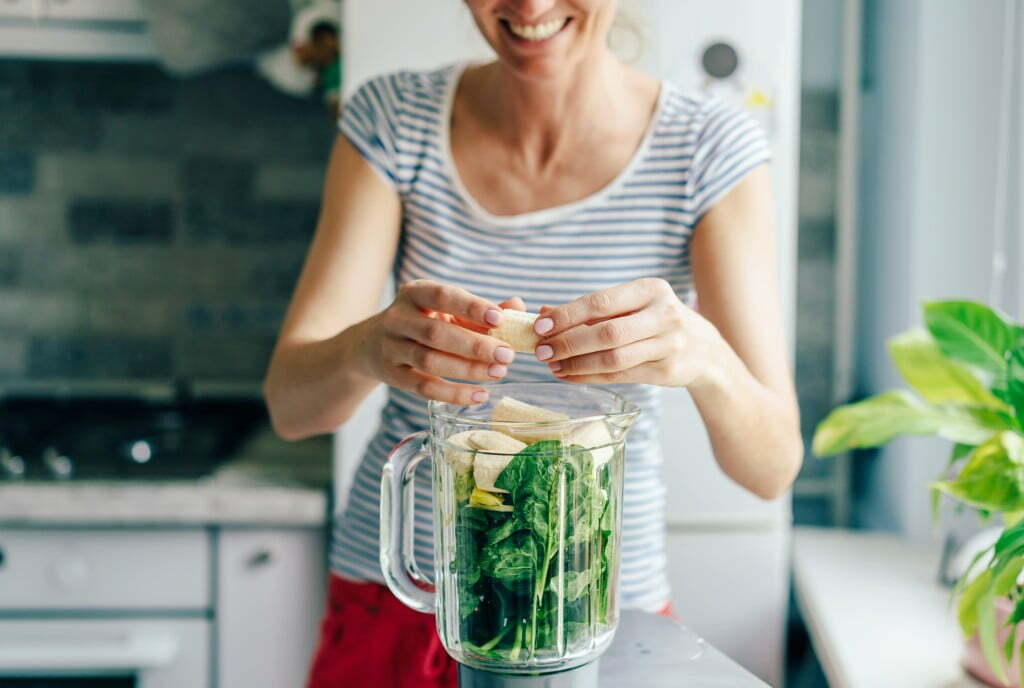
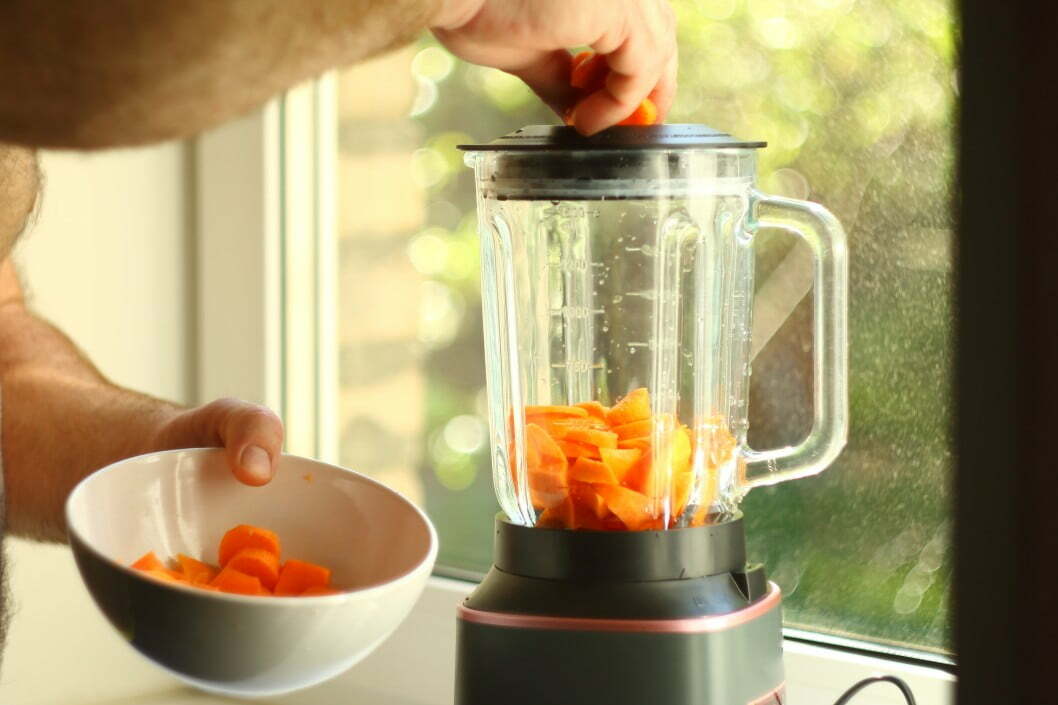
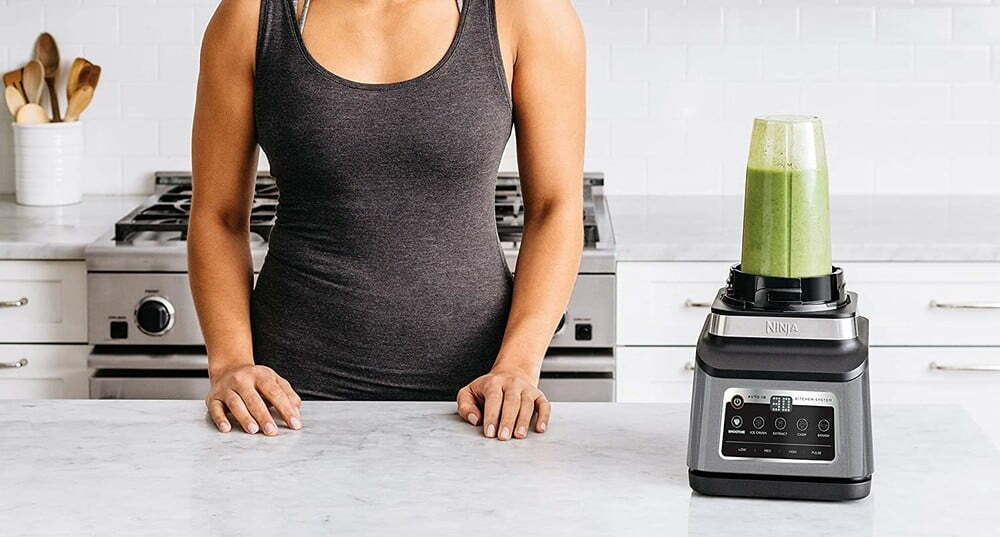
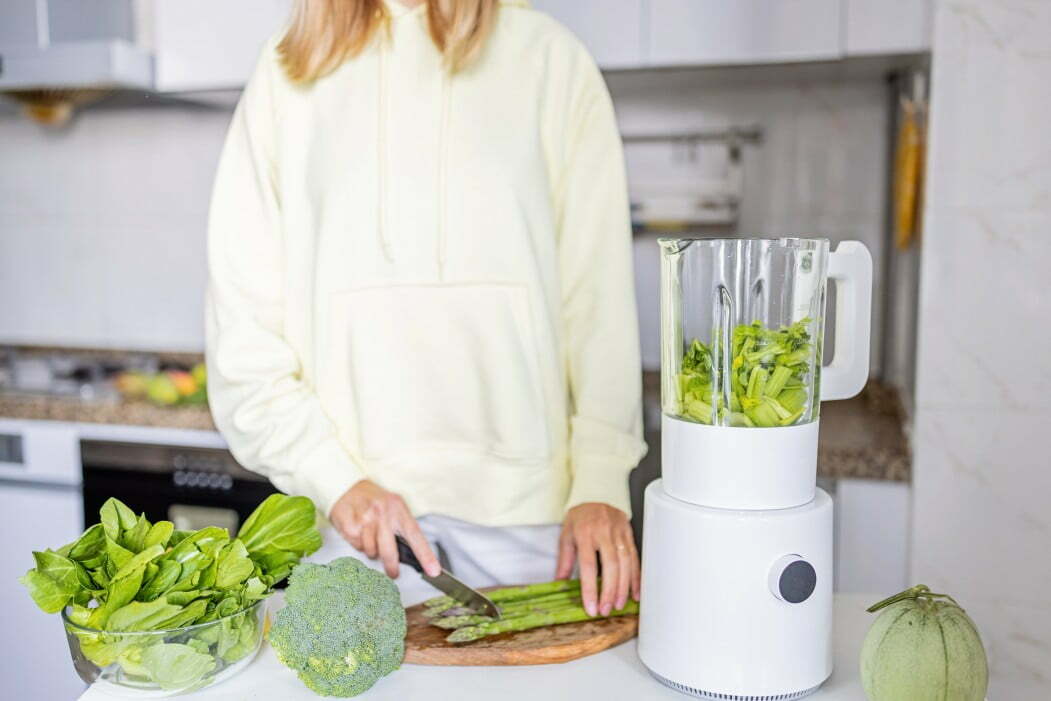

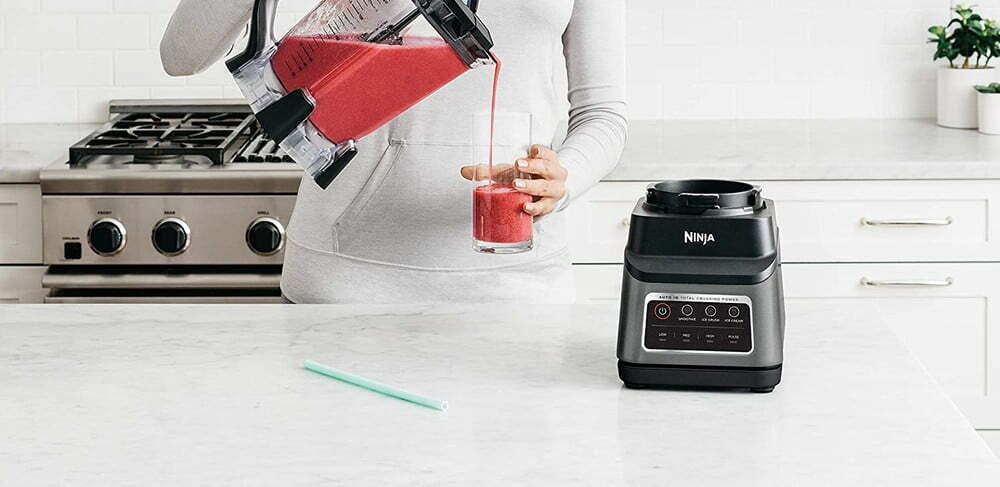
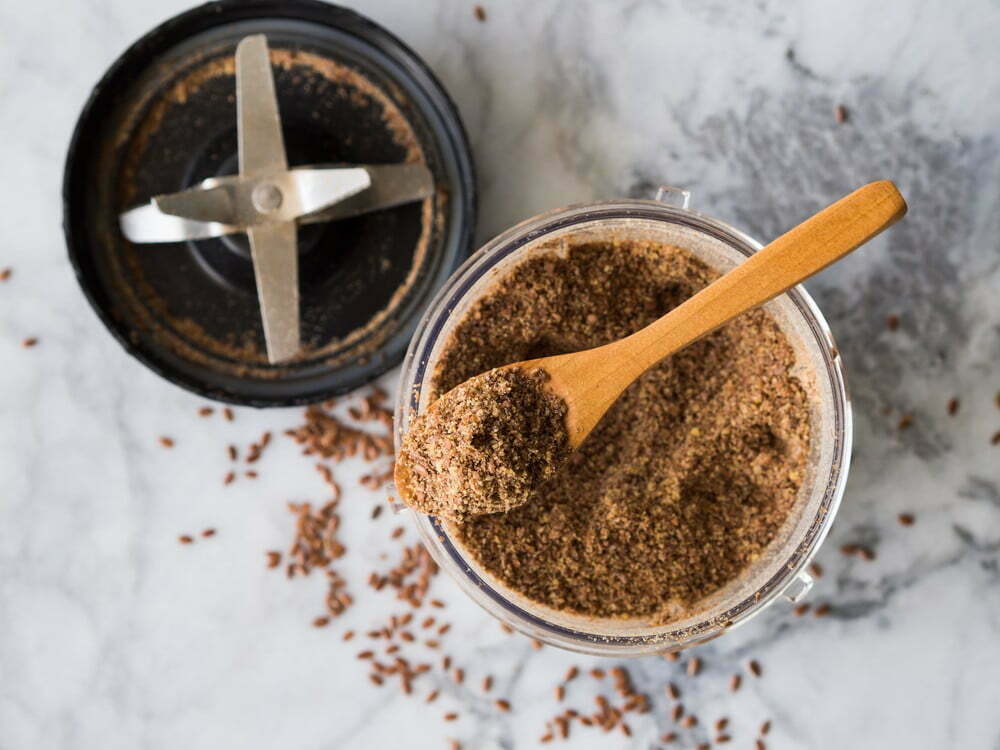
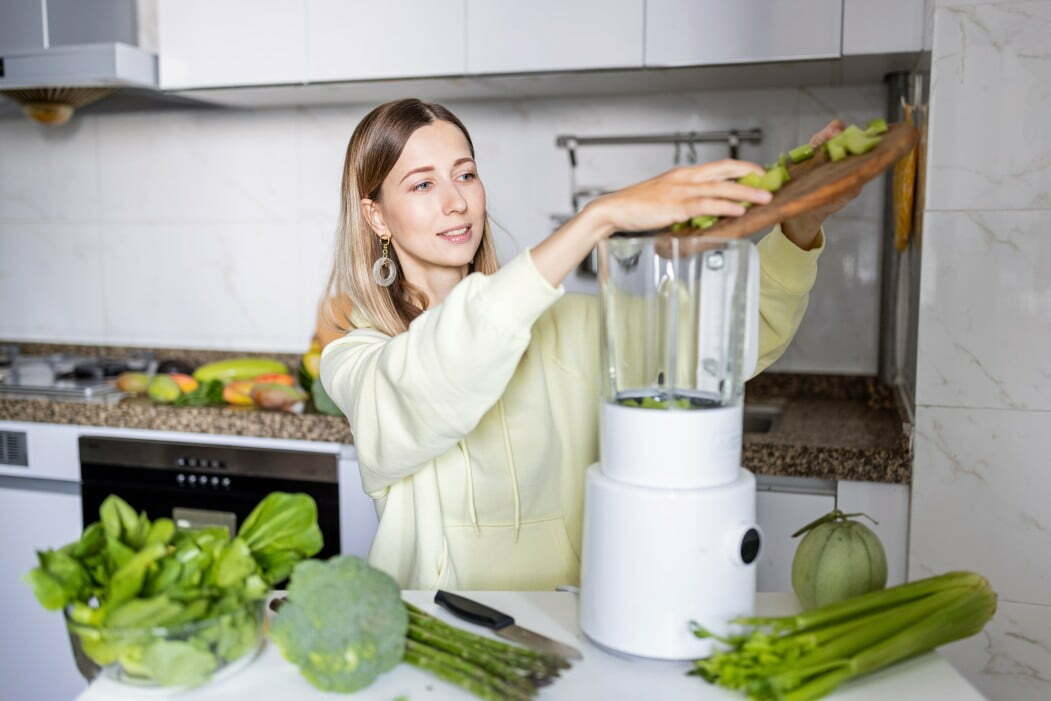
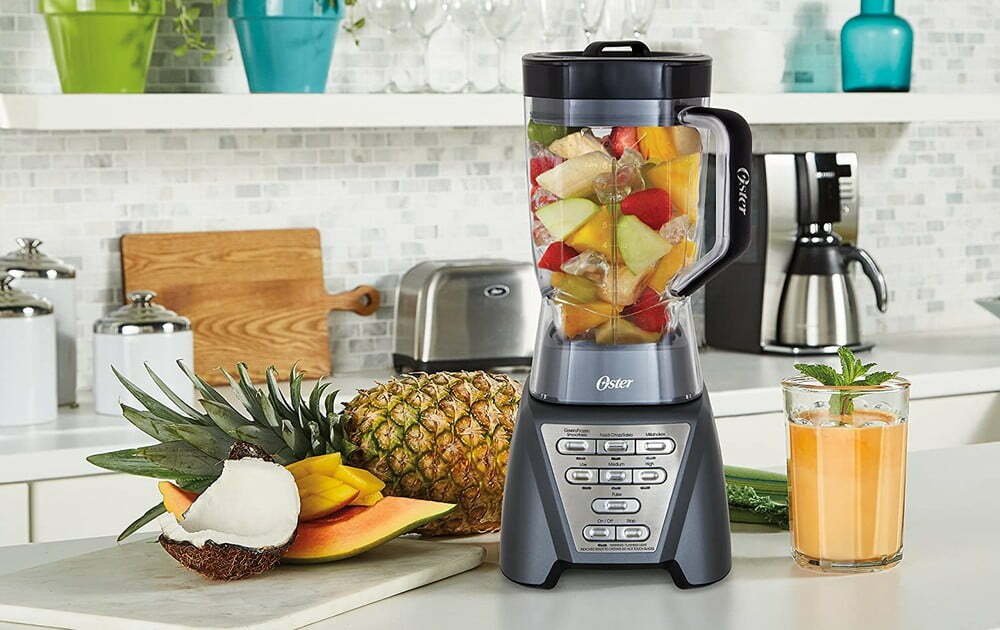
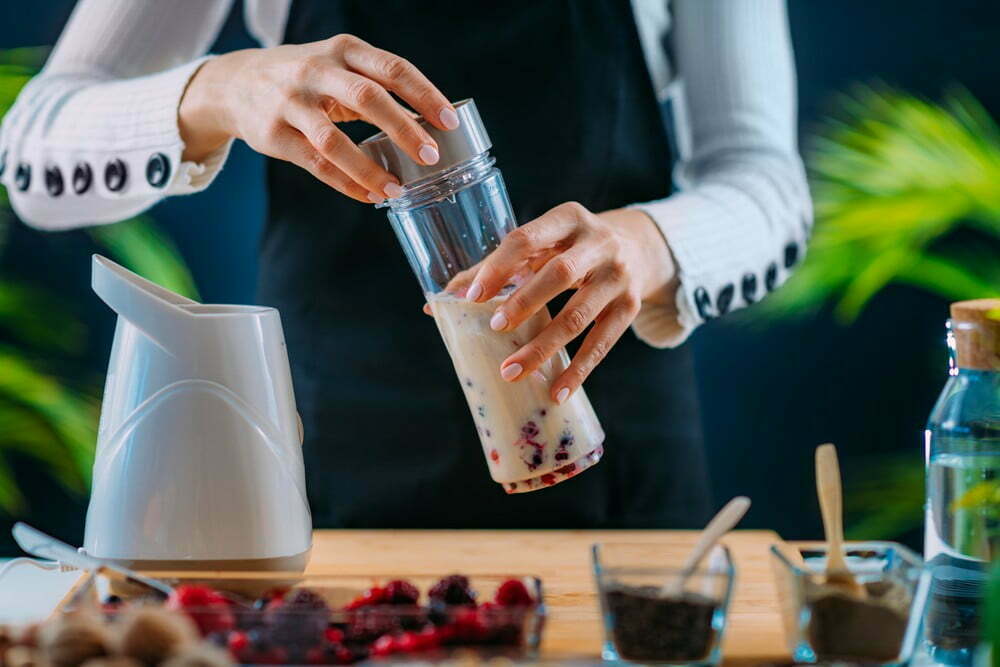
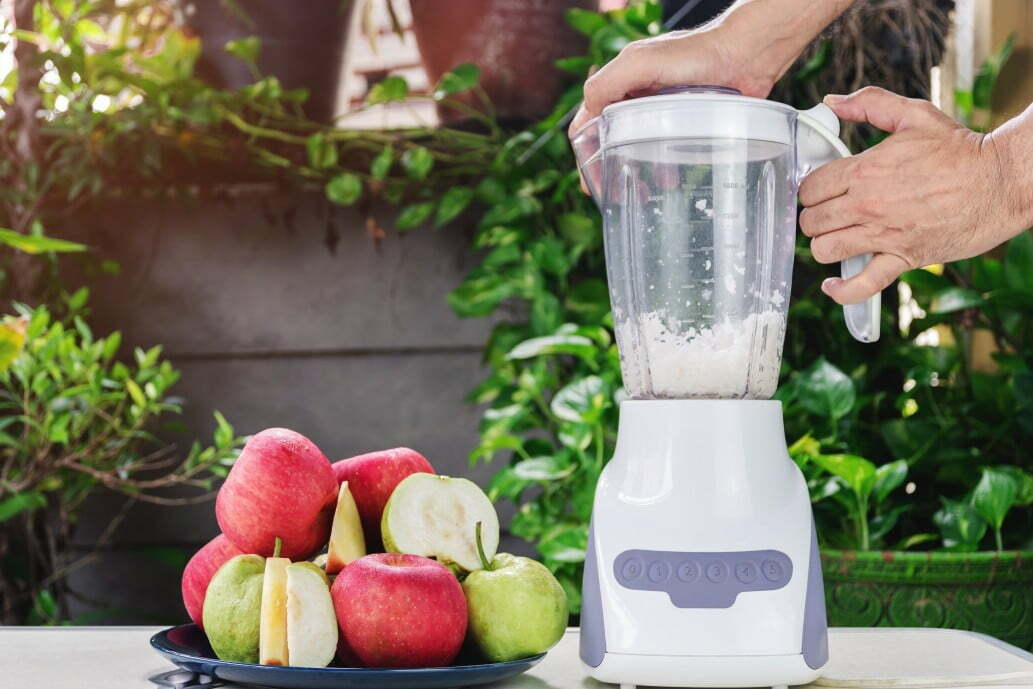
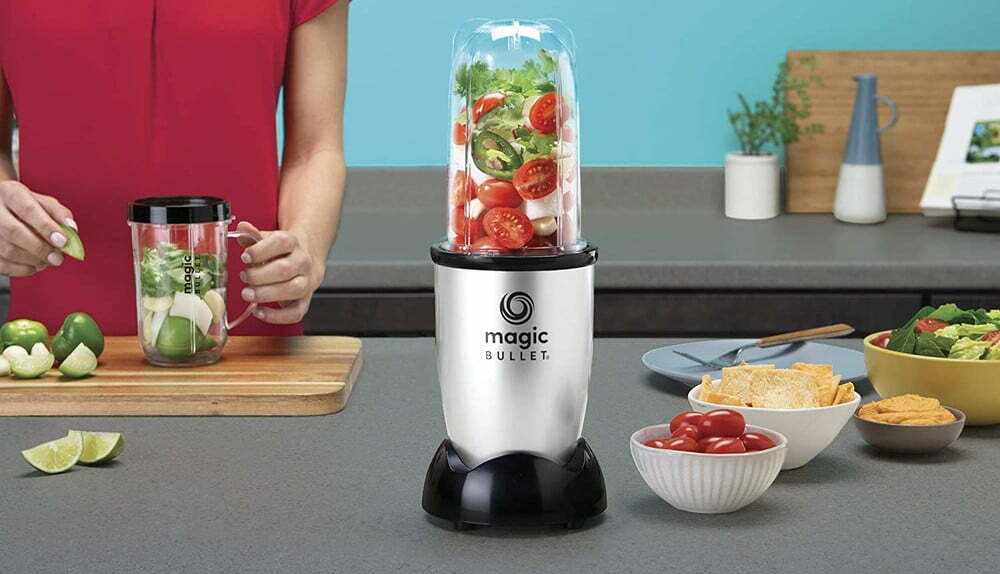
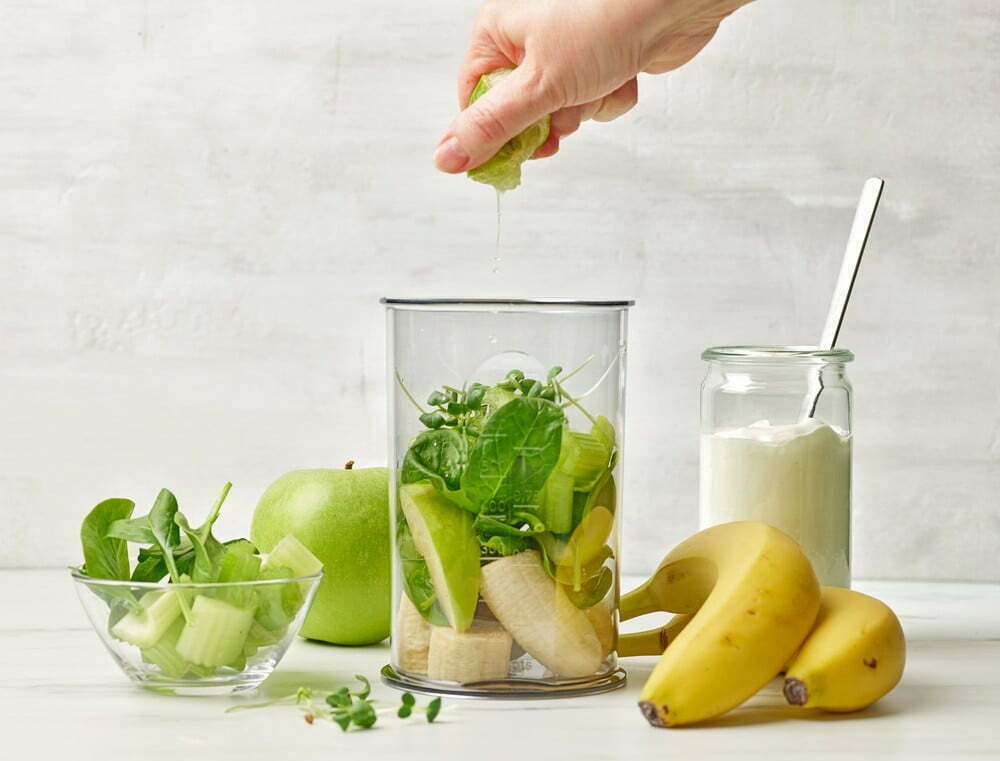
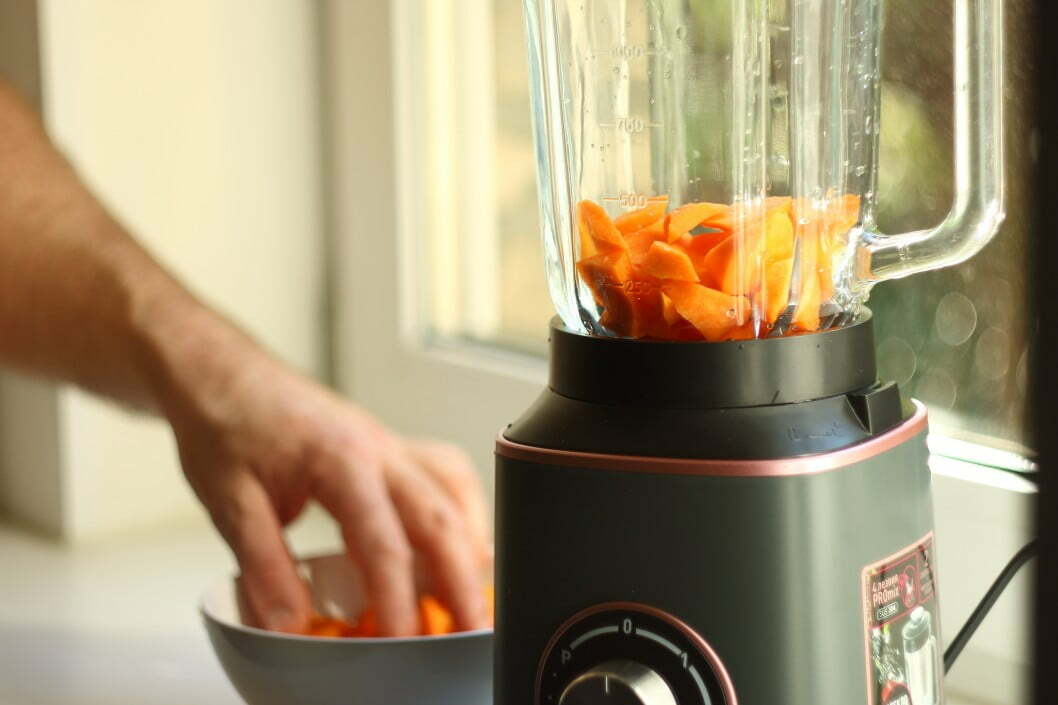
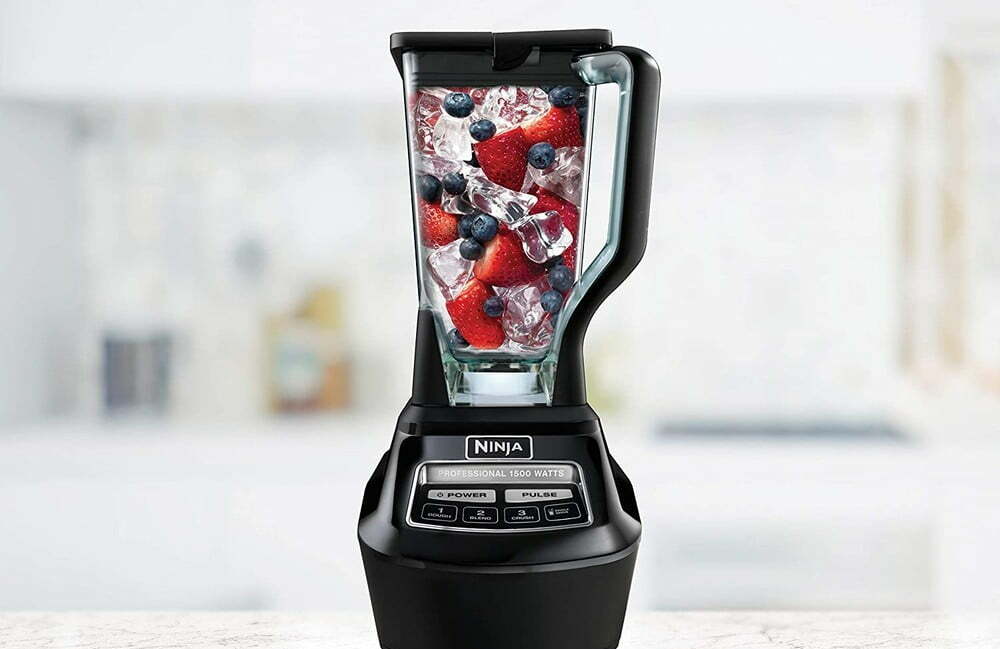
![Best Blender in [year] ([month] Reviews) 27 Best Blender in 2025 (December Reviews)](https://www.gadgetreview.dev/wp-content/uploads/best-blender-image.jpg)
![Best Kitchen Appliances in [year] ([month] Reviews) 28 Best Kitchen Appliances in 2025 (December Reviews)](https://www.gadgetreview.dev/wp-content/uploads/best-kitchen-appliances.jpg)
![Best Blenders for Acai Bowl in [year] 29 Best Blenders for Acai Bowl in 2025](https://www.gadgetreview.dev/wp-content/uploads/best-blender-for-acai-bowl-image.jpg)
![Best Blenders for Vegans in [year] 30 Best Blenders for Vegans in 2025](https://www.gadgetreview.dev/wp-content/uploads/best-blender-for-vegans-image.jpg)
![Best High-Powered Home Blenders in [year] 31 Best High-Powered Home Blenders in 2025](https://www.gadgetreview.dev/wp-content/uploads/best-high-powered-home-blender-image.jpg)
![Best Easy Clean Blenders in [year] 32 Best Easy Clean Blenders in 2025](https://www.gadgetreview.dev/wp-content/uploads/best-easy-clean-blender-image.jpg)
![Best Blendtec Blenders in [year] 33 Best Blendtec Blenders in 2025](https://www.gadgetreview.dev/wp-content/uploads/best-blendtec-blender-image.jpg)
![Best Oster Blenders in [year] 34 Best Oster Blenders in 2025](https://www.gadgetreview.dev/wp-content/uploads/best-oster-blender-image.jpg)
![Best Nutribullet Blenders in [year] 35 Best Nutribullet Blenders in 2025](https://www.gadgetreview.dev/wp-content/uploads/best-nutribullet-blender-image.jpg)
![Best Vitamix Blender in [year] 36 Best Vitamix Blender in 2025](https://www.gadgetreview.dev/wp-content/uploads/best-vitamix-blender-image.jpg)
![Best Quiet Blenders in [year] 37 Best Quiet Blenders in 2025](https://www.gadgetreview.dev/wp-content/uploads/best-quiet-blender.jpg)
![Best Blenders for Protein Shakes in [year] 38 Best Blenders for Protein Shakes in 2025](https://www.gadgetreview.dev/wp-content/uploads/best-blender-for-protein-shakes.jpg)
![Best Blenders for Milkshakes in [year] 39 Best Blenders for Milkshakes in 2025](https://www.gadgetreview.dev/wp-content/uploads/best-blender-for-milkshakes.jpg)
![Best Blenders for Margaritas in [year] 40 Best Blenders for Margaritas in 2025](https://www.gadgetreview.dev/wp-content/uploads/best-blender-for-margaritas.jpg)
![Best Blenders for Nut Butter in [year] 41 Best Blenders for Nut Butter in 2025](https://www.gadgetreview.dev/wp-content/uploads/best-blender-for-nut-butter.jpg)
![Best Ninja Blenders in [year] 42 Best Ninja Blenders in 2025](https://www.gadgetreview.dev/wp-content/uploads/best-ninja-blender.jpg)
![Best Commercial Blenders in [year] 43 Best Commercial Blenders in 2025](https://www.gadgetreview.dev/wp-content/uploads/best-commercial-blender.jpg)
![10 Best Portable Blenders for Travel in [year] 44 10 Best Portable Blenders for Travel in 2025](https://www.gadgetreview.dev/wp-content/uploads/best-portable-blender-for-travel.png)
![10 Best Vacuum Blenders in [year] 45 10 Best Vacuum Blenders in 2025](https://www.gadgetreview.dev/wp-content/uploads/best-vacuum-blender.jpg)
